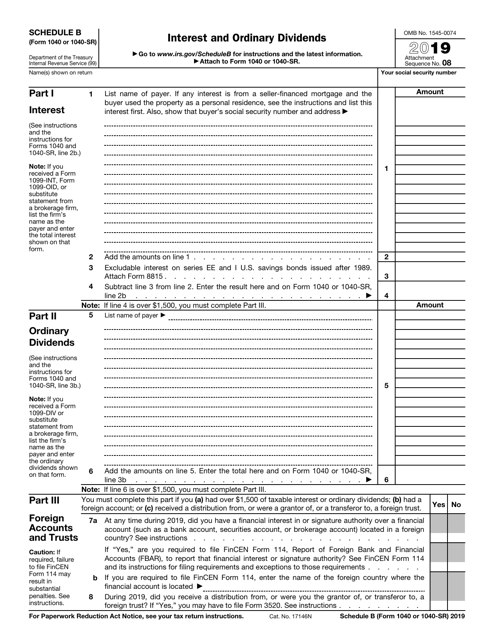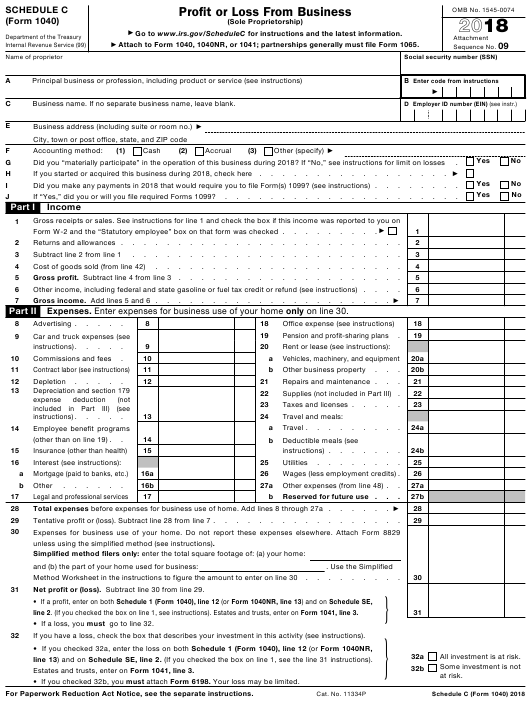


If that now needs to be repaid, you can enter this amount without attaching Form 5405. If you bought a home in 2008 and used it as your main residence for all of 2020, you may have qualified for a first-time homebuyer credit. If you paid any non-student household employee over the age of 18 cash wages of $2,200 or more, withheld federal income taxes on their behalf, or paid more than $1,000 in any calendar quarter of 2019 or 2020, you will need to use Schedule H to determine how much you owe. This includes any taxes paid for household workers you employed during 2020.

Thanks to the CARES Act, the requirement to receive a minimum required distribution has been waived for calendar year 2020. You may need to review Form 5329 to see if you owe tax if you’ve received early distribution or made excess contributions from certain retirement plans. Additional tax on IRAs, qualified retirement plans, and other tax-favored accounts Under such circumstances, you are required to include Form 4137 with your return. You can incur unpaid Social Security or Medicare tax if you don’t report earnings to your employer - for example, if you receive cash tips on top of wages. These are the types you might encounter: Unreported Social Security and Medicare tax You now report "Other Taxes" you paid during the tax year on 1040 Schedule 2. Additional Changes to Schedule 4 Include “Other Taxes” For the 2020 tax year, this information now appears on 1040 Schedule 2. You only fill out this form for completing tax returns for tax year 2018. It appears with the original information shown on Schedule 2 relating to the alternative minimum tax and repayment of the excess advance premium tax credit in Part I. This information is now included on the redesigned Form 1040 Schedule 2, Part II. The other taxes include items such as the self-employment tax, unreported FICA taxes, repayment of the first-time homebuyer credit, and more. What is Form 1040 Schedule 4?įorm 1040 Schedule 4 was used in the 2018 tax year for reporting other taxes you may have owed above and beyond your federal income taxes. Let's take a closer look at the old Form 1040 Schedule 4, understand how it's been combined with the new 1040 Schedule 2, Part II, and review the items covered on the form as well as when you might need to fill out this schedule. Despite the smaller form size, this new 1040 still relies on several other new 1040 schedules you may need to use for reporting your income tax liability. To simplify and expedite how you prepare your taxes, the IRS devised the new "postcard-size" Form 1040. One such change came from a new set of forms to report taxable income to the IRS. The Tax Cuts and Jobs Act of 2017 changed the landscape of the United States tax system in several ways.


 0 kommentar(er)
0 kommentar(er)
